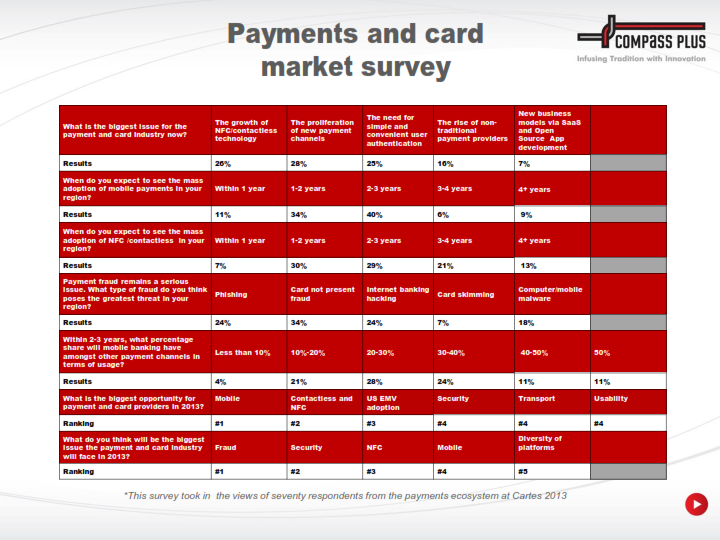
Small businesses rely heavily on their equipment, be it a lathe, a kiln, a sewing machine or, as is more likely today, a laptop or a PC. If you’re about to spend some money on new hardware or software, then you need to spend it carefully. Follow these tips to get the best out of your investment.
Buy the best you can afford
If you buy a cheaper laptop then you may find that it’s a false economy as it could be slower, need more memory buying for it, or it may simply not last as long as you need it to without costing a lot in repairs. You can save a lot of money by joining a specialist IT marketplace so you can take advantage of personalised discounts.
Choose your operating system and stay faithful
There’s not that much difference between Windows and Apple Mac, in reality. However, you should use the same OS throughout your company to save time and avoid incompatibility niggles.
Do you need to go mobile?
If a lot of your work is done at home, or on the road, then a laptop will be better. If, however, you rarely work outside your office, then you’ll be able to get a desktop for quite a bit less. Desktops also cost less going forward as they’re more resilient than laptops.
Buy the best processor possible
If you have a slower processor, everything you do will be that little bit slower. Every piece of work will take a few seconds longer and this adds up over the course of a year; remember: time = money. Why not check i.MX 8, these processors are fast, cost-effective, and reliable processors that you can have.
It’s not just about speed
You’ll need a dual core at the very least, and four is enough for most users. If your business involves 3D modelling, animations and data analysis, then think about eight or more cores. Take advice first, though, so you have the right amount.
Use as many RAM chips as you can
Your motherboard will have its RAM slots in twos, so fill all of them with RAM chips. The more access you have to your RAM, the faster you’ll be able to work.
Make sure you have the right video card
A card that’s designed for gaming isn’t going to work so well for CAD , for example. Games cards are meant to render rapidly-changing images, whereas CAD images are meant to be pored over, so any small errors will not only stand out, they’ll be stood there for a long time.
Choose ISV-certified equipment
Lots of software vendors test their hardware themselves and if they say it’s good to go, then it has an Independent Software Vendor certification so it is, as they say, good to go.
Remember that you’ll be using the equipment for eight hours a day
This means that it needs to be able to do the job you bought it for, for a long time, without letting you down. Any failures, crashes or other delays caused by your laptop cost you money and if it happens a lot, you’ll soon wipe out any savings you made by buying the cheaper model.

Founder Dinis Guarda
IntelligentHQ Your New Business Network.
IntelligentHQ is a Business network and an expert source for finance, capital markets and intelligence for thousands of global business professionals, startups, and companies.
We exist at the point of intersection between technology, social media, finance and innovation.
IntelligentHQ leverages innovation and scale of social digital technology, analytics, news, and distribution to create an unparalleled, full digital medium and social business networks spectrum.
IntelligentHQ is working hard, to become a trusted, and indispensable source of business news and analytics, within financial services and its associated supply chains and ecosystems





























